Good communication is the foundation of a strong care coordination, but there are plenty of pressures and structural issues within the healthcare system that can make it difficult to communicate effectively with patients.
Insurance companies have scaled back the amount they’ll reimburse for medical services, so doctors sometimes find themselves financially penalized for spending too much time with a patient instead of quickly jumping to the next appointment.
At the same time, patients and their family members usually have limited access to their doctors outside of their brief appointments. For those facing complex health issues, these limited interactions with healthcare providers can delay the diagnosis of a condition and proper treatment for it.
Researchers have found that hospitals in the United States lose over $12 billion annually due to inefficient communication. These facts mean that care coordination isn’t receiving the importance that it deserves.
In recent years, new advances in technology have helped break down barriers between doctors and patients, particularly with younger digital natives. Obviously younger people are inclined to be more tech-savvy. Mobile healthcare apps give patients convenient access to their providers while equipping doctors with the ability to efficiently and effectively connect with their patients — without cutting into profit margins. It’s a win-win for everyone involved, including insurance companies.
This new technology can create challenges when it comes to enabling HIPAA compliance, though. Here’s what you need to know.
How mobile apps are improving care coordination
Gone are the days when doctor-patient conversations required in-person visits. With new technology, patients can send messages directly to their doctors, view test results and other records, and even schedule appointments without picking up the phone. In addition, their relatives can have a better communication with the doctors, which contributes to the care coordination.
These features help medical offices run more efficiently, allowing doctors and team members to spend their time fulfilling their mission of helping keep patients healthy.
Over the years, many studies have proven that consistent communication between healthcare providers and their patients translates into lower readmission rates, better adherence to medications and protocols, lower costs per case — and most important, a lower mortality rate. Better communication between doctors and patients can even reduce the risk of malpractice lawsuits.
Here are some of the specific benefits mobile apps provide.
Better patient education
Mobile healthcare apps streamline the way doctors provide information. When doctors tell their patients about their health conditions and treatment plans verbally during an appointment, there’s always a risk patients will forget or misremember details.
With mobile apps, doctors can provide detailed information in writing and link to other resources — all in an easy-to-access web environment. The same applies to the family members of the patient. They can be educated better with a mobile app while caring for their relative.
Enhanced patient engagement
In traditional healthcare practices, communication is often limited to phone calls and voicemails. Mobile apps allow healthcare professionals to reach patients directly on their smartphones. They can push appointment confirmations via SMS and email, and patients can reschedule on the app or web portal.
These interfaces can also house information about lab work, medications, treatment protocols, and more, which can improve patient outcomes. When patients are engaged, they are more likely to follow protocols and, therefore, have a lower chance of being readmitted. If the patients need constant care from their family members, then the increase in the engagement leads to a better care coordination.
Improved continuity of care coordination
Digitizing healthcare records makes it far easier to transfer those records to other providers in the event a patient visits a new doctor or specialist. Any new provider can quickly access healthcare records when they’re online.
The flow of information that these apps facilitate, however, enables HIPAA compliance critical.
How HIPAA impacts mobile apps
The Health Insurance Portability and Accountability Act of 1996 (HIPAA) is a federal law and set of national standards designed to protect private patient health information from disclosure without the patient’s consent or knowledge.
Healthcare providers must follow strict protocols to prevent any security breaches or unauthorized information disclosure. Each HIPAA violation could incur penalties ranging from $100 to $50,000. Mobile apps aren’t exempt, so it’s important to enable your healthcare organization meets mobile app HIPAA compliance rules to prevent major losses.
How HIPAA-friendly forms help you help patients — without risk
HIPAA compliance requires protocols and data tracking to ensure patients have consented to disclosures and their information is kept secure. However, putting these HIPAA-friendly systems into practice can be so overwhelming that it’s hard to know where to begin.
Jotform’s HIPAA-friendly forms are the best way to start. When you make the leap to the platform, you can build and submit forms in the same way you typically would on Jotform — with the added benefit that all the information you collect is stored according to HIPAA standards.
The medical organizations have to keep in mind that the protected health information cannot be shared with anyone else without the written consent of the patient, even with the relatives. So, while maintaining the contact with people around the patient for the sake of a solid care coordination, they should be careful not to disclose certain details. Medical personnel can simply keep them informed about the way they should care for the patient, without going into the medical details, otherwise they might face the possibility of violating HIPAA.
The benefits of using Jotform’s HIPAA-friendly forms
Paper forms are inefficient and require manual input into computers, which leaves room for human error. Jotform’s digital forms bypass all of these potential issues and provide many other benefits.
Instant form creation and updates
With Jotform, you can create HIPAA-friendly forms in minutes without any technical knowledge. If you need to modify these forms in the future, you can do so with a few clicks, and patients will be able to see the changes instantly — all without the need to print anything.
Streamlined information collection
When patients fill out forms on Jotform, their data goes directly into your system exactly as they entered it. This eliminates the need for administrative employees to manually type handwritten responses — there’s no need to struggle with illegible handwriting either.
Securely stored data
According to HIPAA rules, digital forms used in healthcare must be encrypted to ensure that any stolen or leaked information will be unusable. Additionally, the connection between the form and the server must be fully secure.
When you use Jotform’s HIPAA-friendly platform, patient data is automatically encrypted according to these stringent federal standards. You will also receive a Business Associate Agreement (BAA) from Jotform that keeps your business protected with binding liability.
To learn more about how to ensure your company maintains mobile app HIPAA-friendly, visit Jotform’s HIPAA forms page.
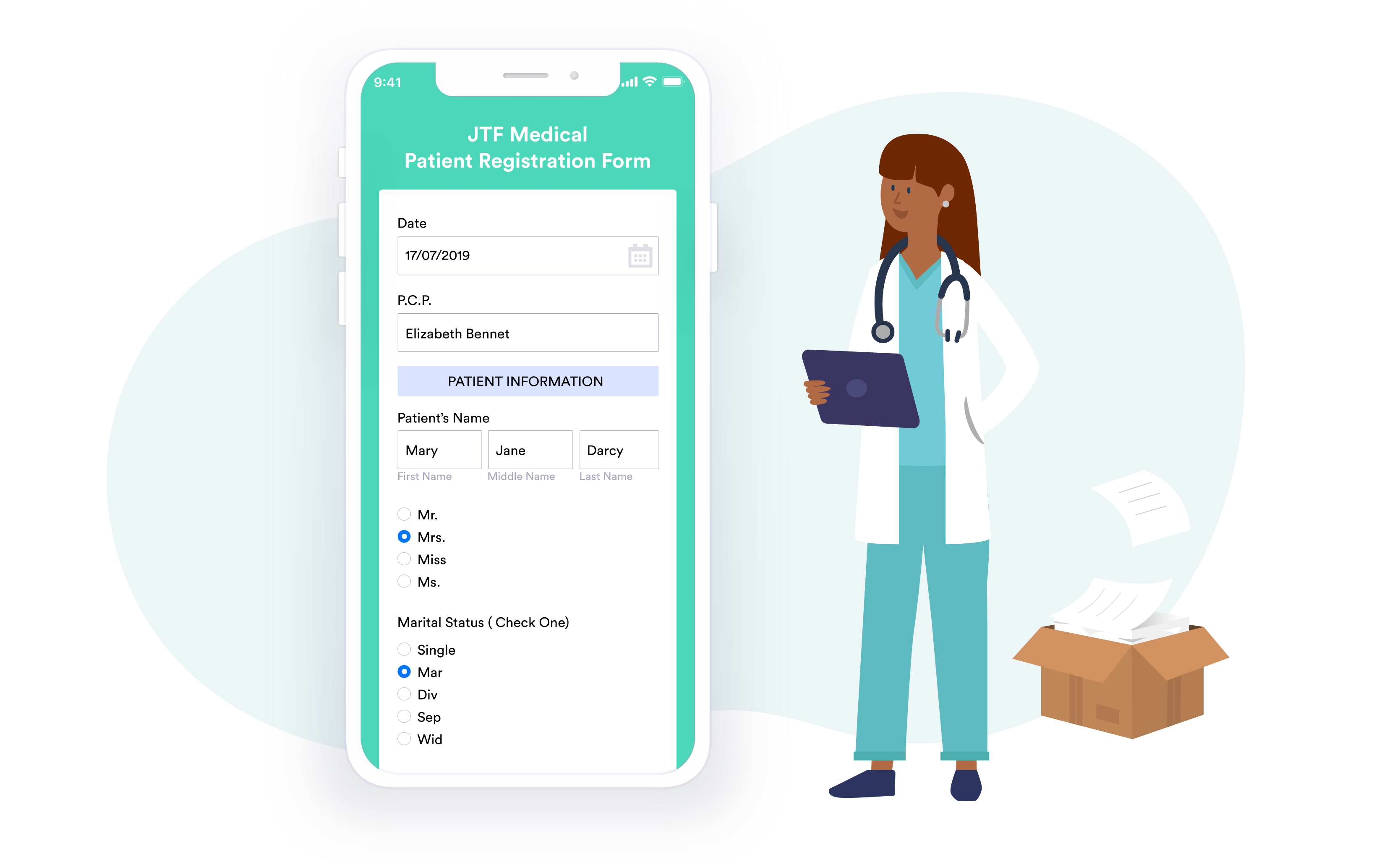

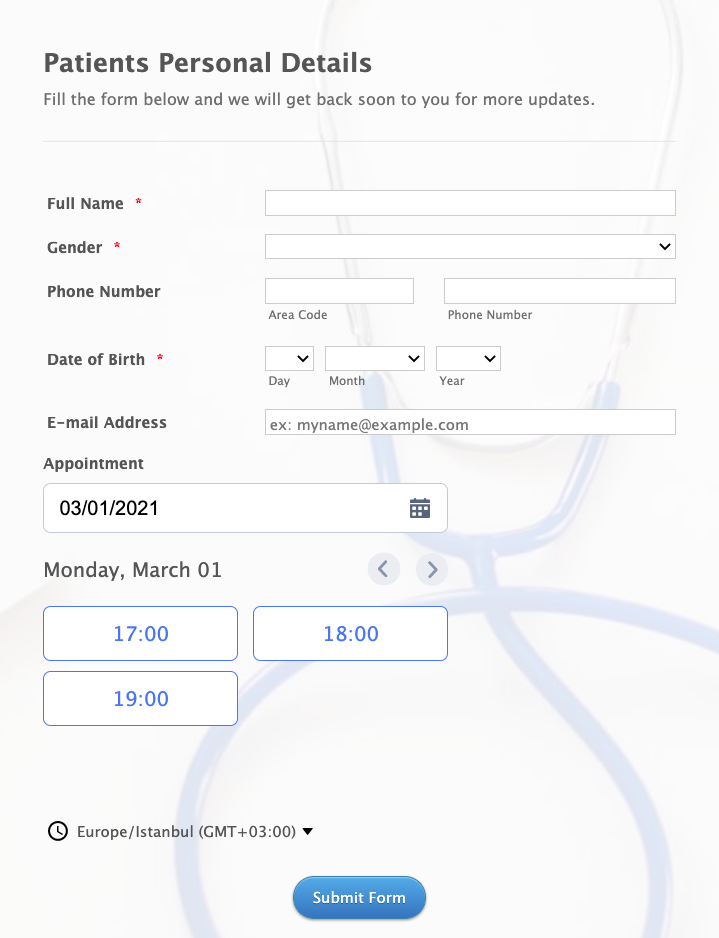


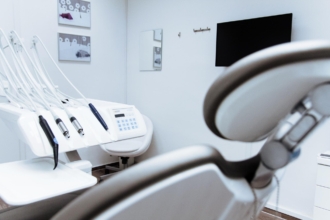
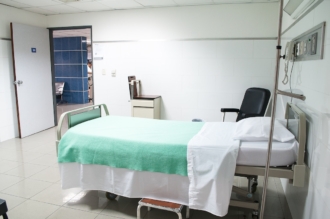
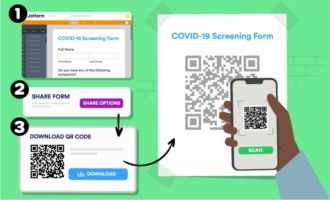
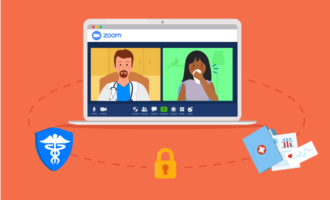
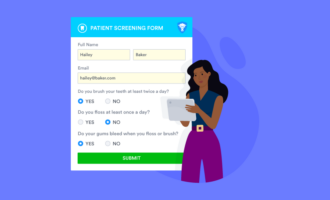

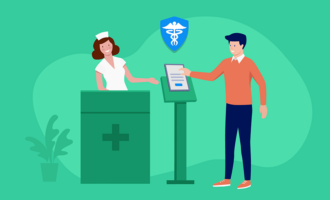
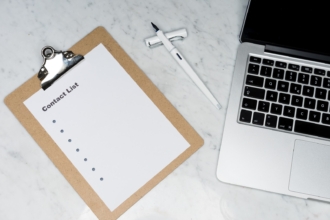
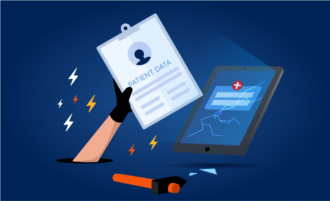


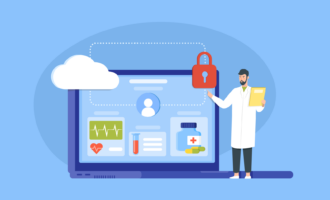
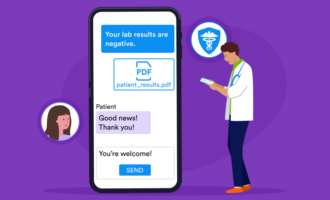







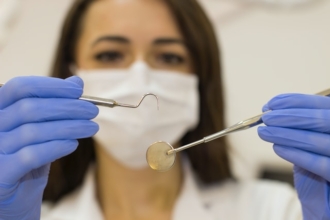


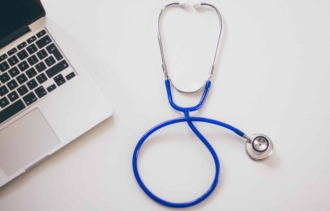
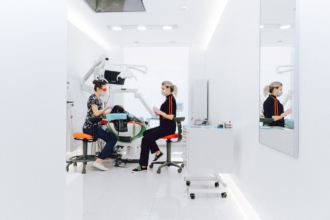
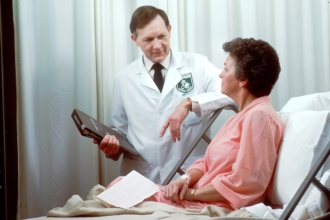


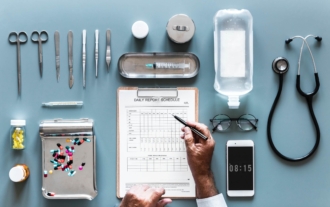



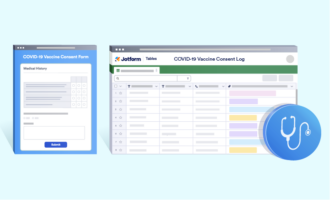


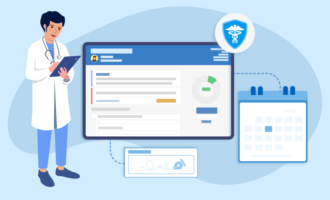
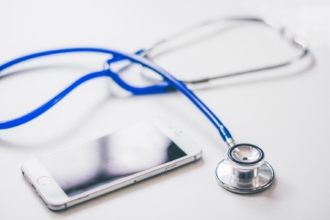

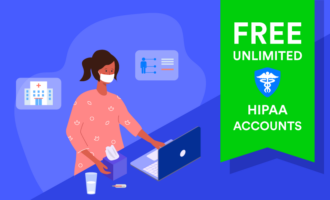


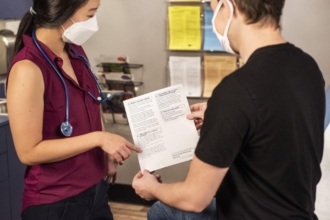
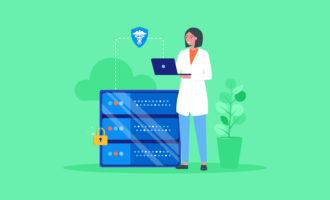







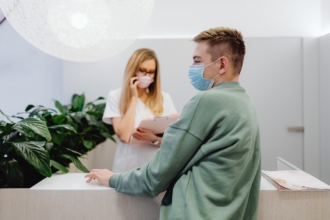





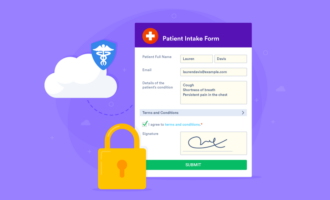
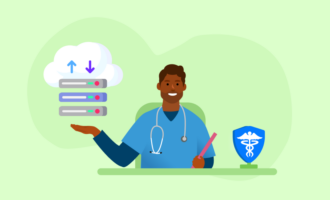
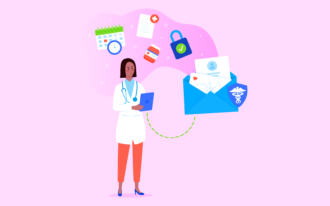




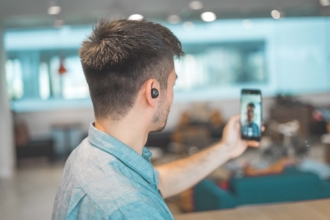
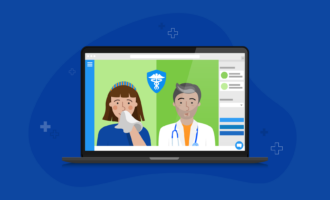
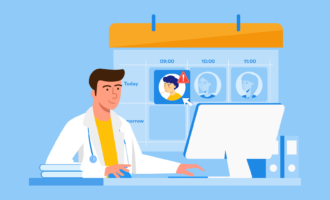




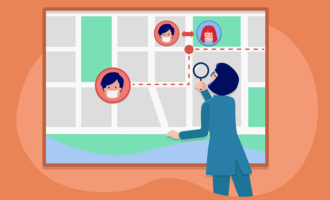











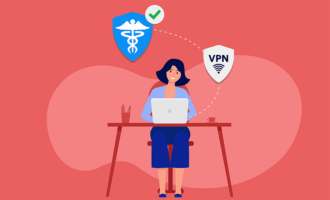


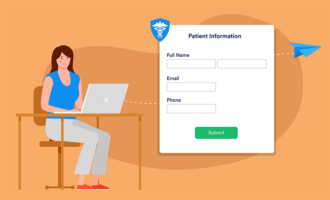

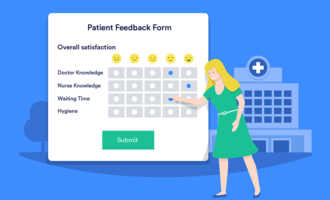







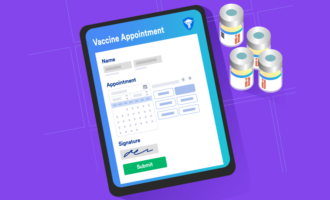
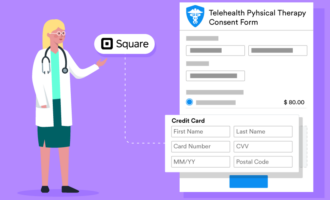
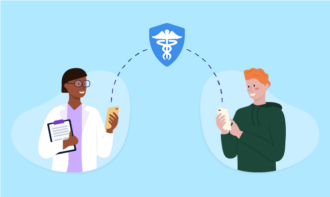
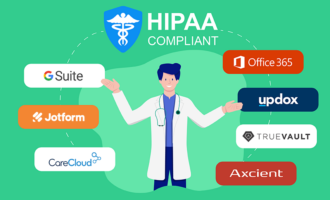

Send Comment: